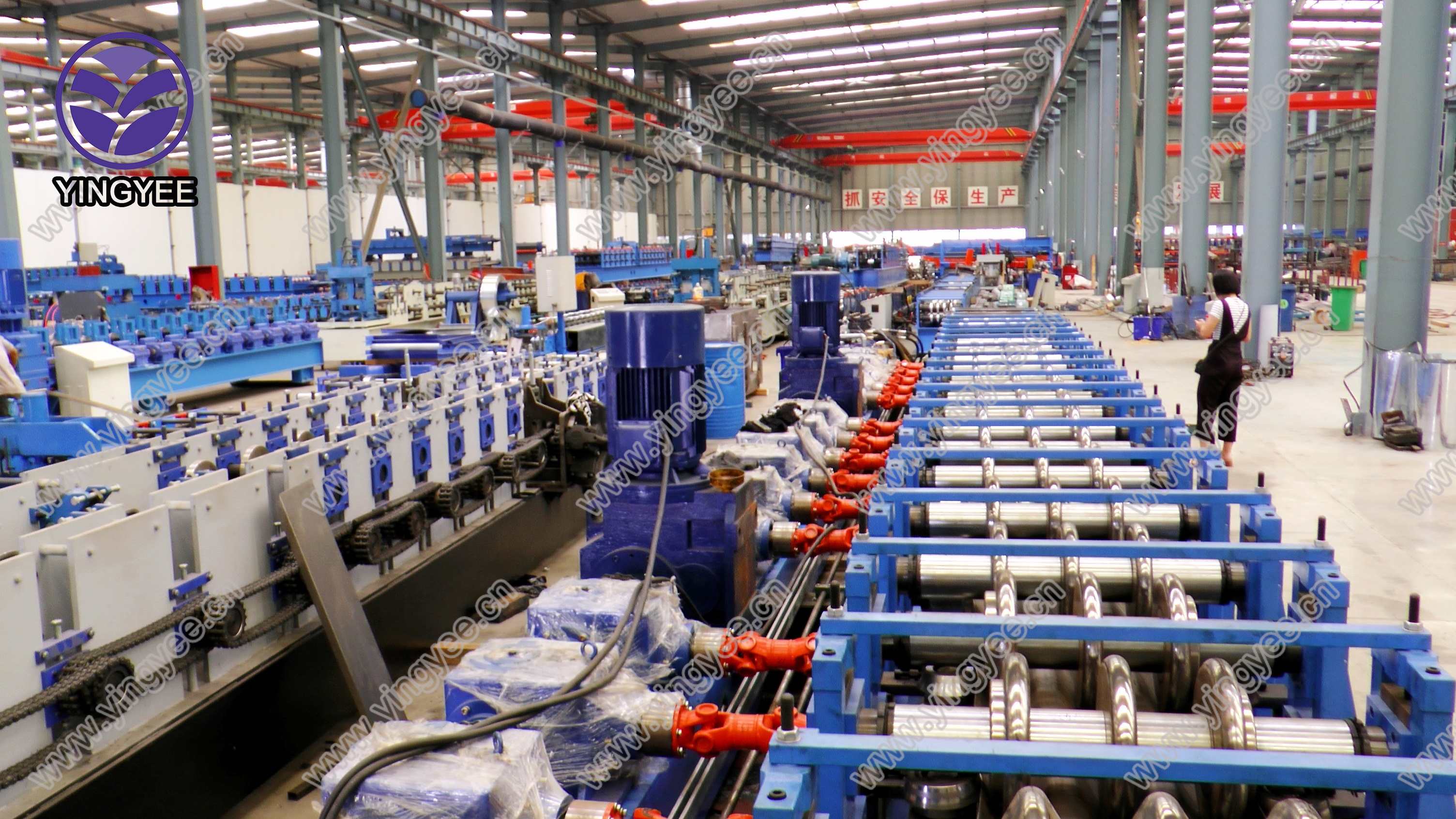
Understanding Cold Roll Forming A Comprehensive Guide
Cold roll forming is an advanced manufacturing process that involves the shaping of metal sheets and strips into desired profiles using a series of rollers. It is a widely used technique in various industries, such as construction, automotive, and appliance manufacturing, due to its efficiency, precision, and the strength of the final products.
The Process of Cold Roll Forming
The cold roll forming process begins with a flat strip of metal, typically steel or aluminum, which is fed through a series of rollers. These rollers are designed to gradually shape the metal into a specific cross-section. Unlike other forming methods that involve heating the metal, cold roll forming takes place at room temperature. This not only preserves the material properties but also enhances the strength of the finished product through work hardening.
The key advantage of cold roll forming is its ability to produce complex shapes with high dimensional accuracy. Each set of rollers is carefully designed for a specific profile, which can include anything from simple channels to intricate sections used in construction and furniture. The pre-existing strength of the cold-formed metal components makes them robust while maintaining a lightweight design, a critical factor in modern engineering.
Applications of Cold Roll Forming
Cold roll forming is prevalent in the manufacturing of a variety of products. In the construction industry, it is used to create framing members for buildings, such as studs, tracks, and headers. These structural elements benefit from the high strength-to-weight ratio typical of cold-formed products, contributing to stable and durable constructions.

In the automotive sector, cold roll forming is utilized to produce components such as beams, brackets, and chassis parts. The precision achieved in this process allows for tight tolerances, which are essential for the overall performance and safety of vehicles. Moreover, the efficiency of the cold roll forming process can lead to reduced costs and shorter production times, giving manufacturers a competitive edge.
Other applications include the production of furniture, appliances, and electrical components, showcasing the versatility of this manufacturing method. Items such as shelving units, radiators, and cable trays are commonly made using cold roll forming techniques.
Advantages of Cold Roll Forming
The cold roll forming process presents several advantages compared to traditional metal forming methods. First, it offers significant material savings, as it can produce shapes with minimal scrap. Secondly, the process allows for continuous production with high speed, which can substantially lower manufacturing costs.
Additionally, cold roll forming is environmentally friendly as it requires less energy compared to hot forming techniques. Moreover, the ability to integrate additional features during the forming process, such as holes or notches, further minimizes the need for secondary operations—streamlining the overall manufacturing workflow.
Conclusion
Cold roll forming is a powerful manufacturing process that combines efficiency, precision, and strength. Its wide-ranging applications across multiple industries underscore its importance in modern manufacturing. As technology advances, the cold roll forming process continues to evolve, providing innovative solutions and contributing to the creation of high-quality metal products that meet the demands of today’s market. Whether in construction, automotive, or various other sectors, cold roll forming stands out as a key technique for producing components that are both strong and lightweight.